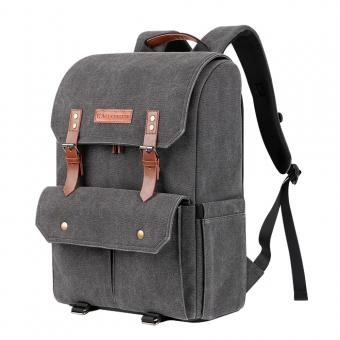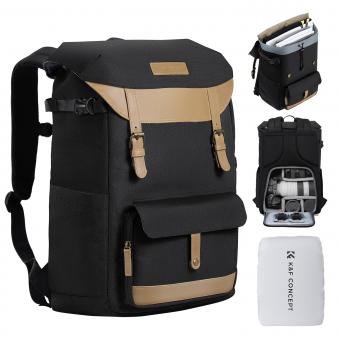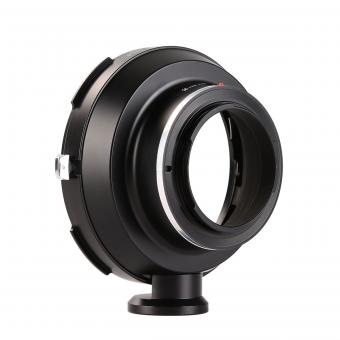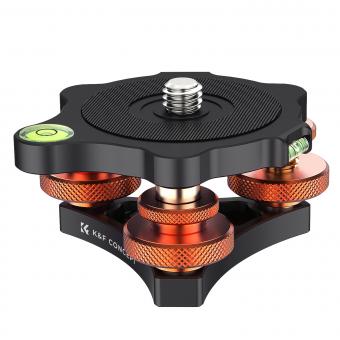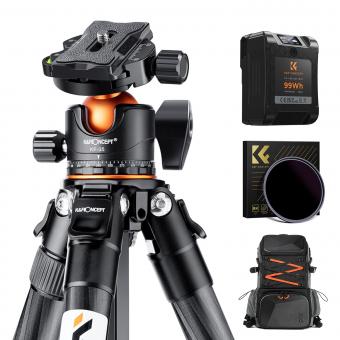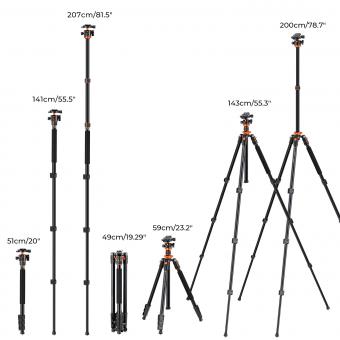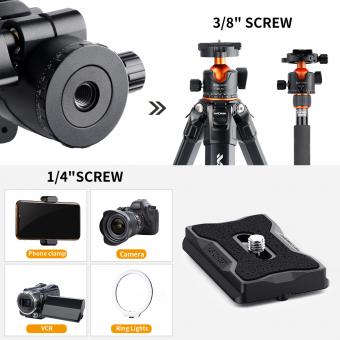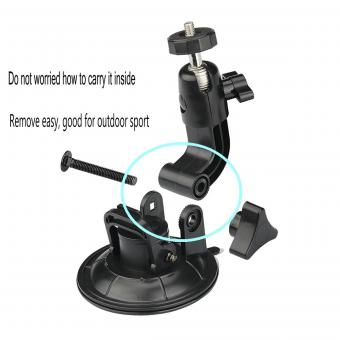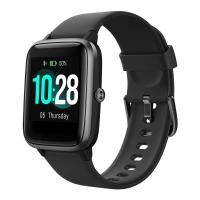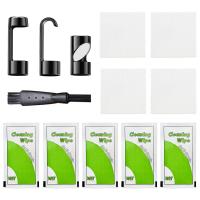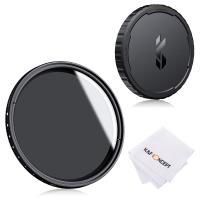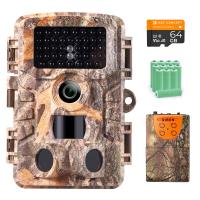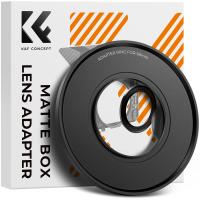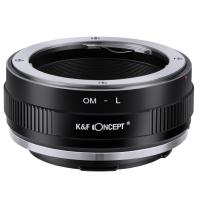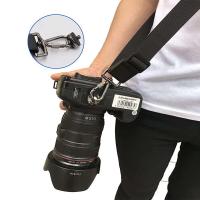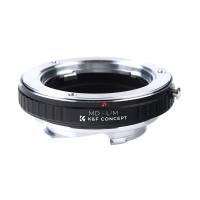What Is Camera Tripod ?
A camera tripod is a three-legged stand used to support a camera or other photographic equipment. It provides stability and helps eliminate camera shake, allowing for sharper and more professional-looking photographs. Tripods are commonly used in situations where longer exposure times are required, such as low-light conditions or when capturing motion blur effects. They are also useful for achieving precise framing and composition, as they allow photographers to position the camera at various heights and angles. Tripods typically have adjustable legs that can be extended or collapsed to different lengths, allowing for flexibility in positioning. They often feature a mounting plate or head on top, where the camera can be securely attached. Tripods come in various sizes, materials, and designs to accommodate different types of cameras and shooting needs.
1、 Types of camera tripods: traditional, compact, flexible, tabletop, travel
A camera tripod is a three-legged stand used to support a camera or other photographic equipment. It provides stability and eliminates camera shake, allowing photographers to capture sharp and steady images. Tripods are essential tools for photographers who want to achieve professional-quality photos, especially in low light conditions or when using long exposure times.
There are several types of camera tripods available in the market. The traditional tripod is the most common type, featuring adjustable legs and a center column for height adjustment. It is sturdy and versatile, suitable for a wide range of photography genres.
Compact tripods are smaller and lighter, making them ideal for travel or outdoor photography. They are designed to be portable and easy to carry, without compromising stability.
Flexible tripods have bendable legs that can be wrapped around objects such as tree branches or poles. They offer flexibility in positioning the camera in unconventional angles or on uneven surfaces.
Tabletop tripods are small and compact, designed to be placed on a table or any flat surface. They are perfect for macro photography or when shooting videos.
Travel tripods are specifically designed for photographers on the go. They are lightweight, compact, and often come with features like quick-release mechanisms and foldable legs for easy transportation.
In recent years, there has been a rise in innovative tripod designs, such as modular tripods that allow photographers to customize their setup according to their needs. Additionally, advancements in technology have led to the development of motorized tripods that can be controlled remotely, providing photographers with more creative possibilities.
Overall, camera tripods are essential accessories for photographers, enabling them to capture sharp and steady images in various shooting conditions. The different types of tripods available cater to different photography styles and preferences, ensuring that photographers have the right tool for their specific needs.

2、 Tripod materials: aluminum, carbon fiber, steel, plastic
A camera tripod is a three-legged stand used to support a camera or other photographic equipment. It provides stability and allows photographers to capture sharp and steady images, especially in situations where handholding the camera is not feasible or would result in blurry shots.
Tripods are made from various materials, including aluminum, carbon fiber, steel, and plastic. Aluminum tripods are popular due to their affordability, lightweight nature, and durability. They are suitable for most photography needs and are commonly used by amateur photographers. Carbon fiber tripods, on the other hand, are more expensive but offer superior strength and stability while being lighter in weight. They are favored by professional photographers who require a sturdy and portable tripod for their demanding work.
Steel tripods are the heaviest and most robust option, providing excellent stability even in challenging conditions. They are commonly used in studio settings or for heavy-duty equipment. Plastic tripods, although less common, are lightweight and affordable, making them suitable for casual photographers or those on a tight budget.
In recent years, there has been a growing trend towards using carbon fiber tripods due to their combination of strength, lightness, and portability. They have become the go-to choice for many photographers, especially those who frequently travel or shoot in outdoor environments. The advancements in carbon fiber technology have made these tripods more accessible and affordable, further contributing to their popularity.
Ultimately, the choice of tripod material depends on the photographer's specific needs, budget, and preferences. Each material has its advantages and disadvantages, and it is essential to consider factors such as weight, stability, durability, and cost when selecting a tripod for photography purposes.
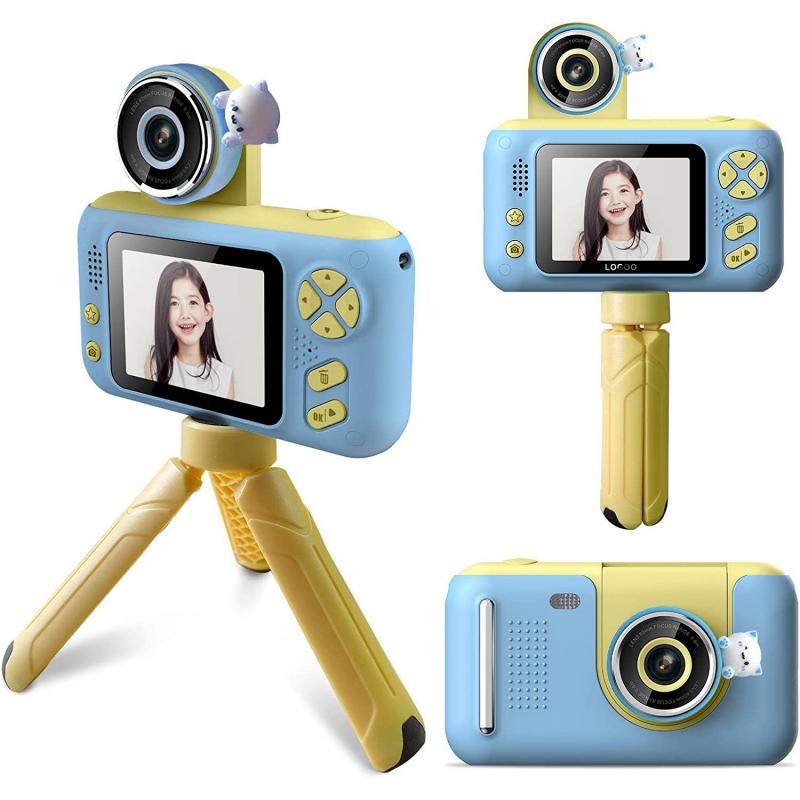
3、 Tripod head types: ball head, pan-tilt head, gimbal head
A camera tripod is a three-legged stand used to support a camera or other photographic equipment. It provides stability and eliminates camera shake, allowing photographers to capture sharp and steady images. Tripods are essential tools for various photography genres, including landscape, architecture, and long-exposure photography.
Tripod head types play a crucial role in determining the flexibility and functionality of a tripod. The three main types are ball head, pan-tilt head, and gimbal head.
A ball head is the most common type, featuring a ball-and-socket joint that allows for smooth and quick adjustments in any direction. It offers versatility and ease of use, making it suitable for a wide range of photography styles.
A pan-tilt head consists of separate handles for panning (horizontal movement) and tilting (vertical movement). It provides precise control over camera positioning, making it ideal for architectural and studio photography where precise composition is crucial.
A gimbal head is primarily used for wildlife and sports photography. It utilizes a pivoting mechanism that allows for smooth and balanced movement, enabling photographers to track fast-moving subjects with ease. Gimbal heads are particularly useful when using heavy telephoto lenses, as they distribute the weight evenly and reduce strain on the photographer.
In recent years, there has been a rise in the popularity of compact and lightweight tripods, catering to the needs of travel and outdoor photographers. These tripods often feature innovative designs and materials, such as carbon fiber, to reduce weight without compromising stability.
Ultimately, the choice of tripod head type depends on the photographer's specific needs and shooting style. Each head type offers unique advantages, and selecting the right one can greatly enhance the overall photography experience.

4、 Height adjustment mechanisms: twist lock, flip lock, lever lock
A camera tripod is a three-legged stand used to support a camera or other photographic equipment. It provides stability and allows photographers to capture steady shots, especially in situations where handholding the camera may result in blurry or shaky images.
One important feature of a camera tripod is its height adjustment mechanism. There are several types of height adjustment mechanisms available, including twist lock, flip lock, and lever lock.
Twist lock mechanisms involve twisting the leg sections to extend or retract them. This type of mechanism is known for its simplicity and reliability. Flip lock mechanisms, on the other hand, use flip levers to secure the leg sections at the desired height. They are quick and easy to use, allowing photographers to adjust the tripod's height rapidly. Lever lock mechanisms utilize levers to lock the leg sections in place. They offer a balance between speed and stability, providing a secure hold while still allowing for relatively quick adjustments.
From a latest point of view, some camera tripods now come with advanced height adjustment mechanisms that offer even more convenience and flexibility. For example, some tripods feature a hybrid mechanism that combines twist lock and flip lock systems, allowing photographers to choose their preferred method of adjustment. Additionally, there are tripods with motorized height adjustment, which can be controlled remotely using a smartphone app or a dedicated remote control. These advancements in height adjustment mechanisms make it easier for photographers to set up their equipment quickly and precisely, enhancing their overall shooting experience.
In conclusion, a camera tripod is a valuable tool for photographers, providing stability and allowing for steady shots. The height adjustment mechanism, such as twist lock, flip lock, or lever lock, is an essential feature that enables photographers to adjust the tripod's height according to their needs. With the latest advancements in height adjustment mechanisms, photographers now have even more options to choose from, enhancing their shooting experience and convenience.


